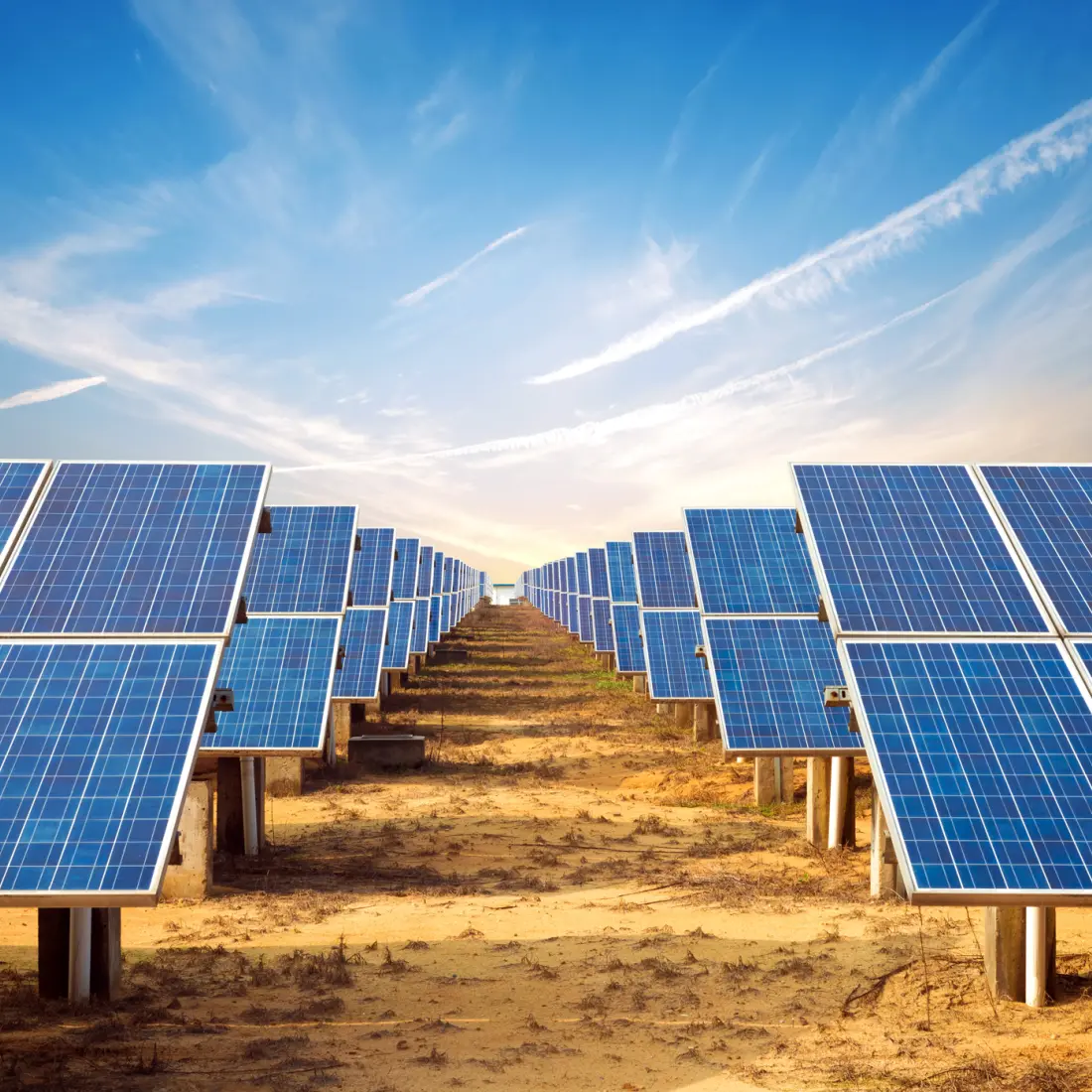BNEF Q2 solar energy report — our key takeaways


Bloomberg New Energy Finance (BNEF), a strategic research provider covering global commodity markets and technologies for a low-carbon economy, has recently released a report on the global PV market for the second quarter of 2023. Below we give key takeaways from the report that accurately captures the current direction of the global solar industry.
What have we learned from the BNEF report?
The growth of global solar installations
In 2023 the solar market is expected to grow from 322 to 380GW. China will have 152 GW installed, while Europe, the USA, India, and Brazil will have 54 GW, 32 GW, 16 GW, and 15 GW, respectively.
These numbers will potentially lead to net-zero emissions by 2050 and 5.3 TW of cumulative global solar capacity by 2030. A decrease in supply chain prices also influences rapid growth with record low module prices of about 0.17-0.18 per watt.
Rooftop solar also experienced a sharp rise — almost 50% of all solar installations were on rooftops compared to 30% before 2019. The rooftop market will likely contribute significantly to capacity additions soon.
Main obstructions
Here are the main challenges of the solar market identified in the report:
- Grid connections and permissions. Queue times and grid connection costs slow down new project development. As per BNEF calculations, the world needs investments of 21.4 trillion dollars to reach net-zero targets by 2050.
- Labor and contractor shortages. Solar developers struggle to find development providers for their projects as they usually get booked way in advance by larger companies. Labor shortages also impact the rooftop solar market.
- Land constraints. Developers still find it challenging to find suitable land for their projects, especially in such land-constrained countries as The Netherlands, Japan, or South Korea. Thus, alternative methods such as floating solar, rooftop installations, agri-PV, and building-integrated projects emerge to resolve the problem and deal with the land shortage.
- Inverter shortage causing delays. Covid-caused disruptions continue to affect inverted production and delay the development of solar projects.
The positive thing is that module shortage is no longer an issue due to sufficient polysilicon production.
Fastest growing markets
Out of the top 20 solar markets, 17 are expected to grow faster in 2023 compared to 2022. All top 20 markets are anticipated to achieve a minimum growth rate of 2 GW or more. The average year-on-year (YoY) growth rate for the top 20 markets is projected to be 33%.
South Africa is expected to experience the most significant acceleration with a YoY growth rate of 260%. This growth is driven by the country's efforts to address chronic electricity shortages through solar energy projects. Other major growth markets include Italy (78%) and the UK (69%).
Only three markets, namely South Korea, India, and Japan are expected to install solar at a slower rate in 2023. South Korea's growth rate is projected to be 15% smaller, while India and Japan are expected to have growth rates decreased by 13% and 9%, respectively.
Apart from the top 20 markets, 31 other solar markets are predicted to add over 1 GW of new capacity in 2023. Several countries are expected to join the GW-scale club in 2023. These include Saudi Arabia, projected to install 1.4 GW (up from 0.9 GW in 2022), Qatar with 1.3 GW (up from 0.8 GW), Malaysia with 1.1 GW (up from 0.75 GW), and Belgium with 1 GW (up from 0.9 GW).
Sweden, which reached the GW scale in 2022, is expected to install 0.9 GW in 2023, down from 1 GW the previous year.
Summary
- Around 5.3 terawatt of global solar capacity is expected till 2030 in the mid-case scenario. The world can also expect to reach net-zero emissions by 2050.
- Solar value chain is experiencing decreasing prices due to expanding manufacturers' capacities and increasing competition.
- The solar sector will grow by 36% in 2023, while global installations will likely reach between 322 and 380 GW (up from 252 GW in 2022).
- Grid connection issues, labor shortages, land constraints, and inverter shortages obstruct solar industry growth. However, the availability of modules is no longer an issue because their prices have reached record lows.
- 17 out of the top 20 global solar markets are expected to grow faster in 2023 than in 2022. The average acceleration among the top 20 global solar markets is 33%.
- Net-zero industry act has laid the foundations of local manufacturing support in the EU. However, it still offers little direct support and falls short of the US Inflation Reduction Act.